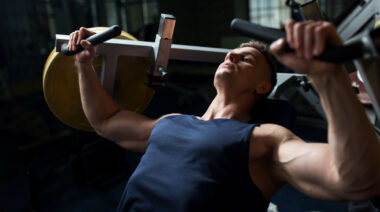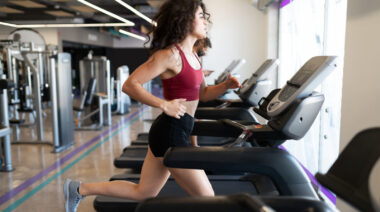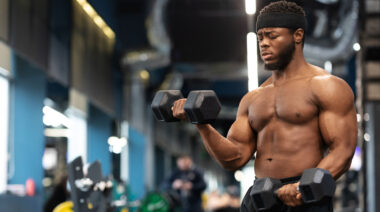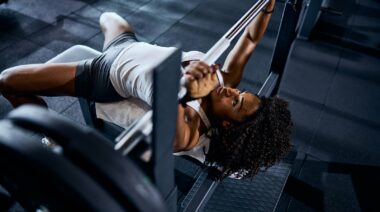If you know how to lift weights properly, you know how to row. It might not be quite that simple, but the basic mechanics are very similar.
Traditional Barbell Deadlift
Take the deadlift, for example. The body position at the bottom of the deadlift is much the same as the catch position of the rowing stroke (when your body is closest to the flywheel, just before the handle changes direction).
If you know how to lift weights properly, you know how to row. It might not be quite that simple, but the basic mechanics are very similar.
Traditional Barbell Deadlift
Take the deadlift, for example. The body position at the bottom of the deadlift is much the same as the catch position of the rowing stroke (when your body is closest to the flywheel, just before the handle changes direction).
The legs, hips, and body are compressed, with an engaged core, flat back, neutral neck and head position, the shoulder blades squeezing down and back, and the arms outstretched with a firm grip on the bar.
To move the bar, the motion is the same as the beginning of a pull on the rower. The core holds firm while the glutes squeeze, and the bar is lifted from the ground. As the bar moves higher along the body, the work shifts to the quads and hamstrings. The firing of the hips guides the bar further up the legs and brings you to a fully upright position. A deadlift has been executed.
Barbell High Pull
Now, with a bit less weight on the bar and therefore a bit more momentum, add in a follow-through of the arms at the end of the body leverage.
The arms are not moving the bar. Instead, it is the force created by the strength of the core and the firing of the glutes, quads, hamstrings, hips and back that allows the bar to move further in the air with the arms as its guide. You have moved from a deadlift to a high pull.
Rowing Pull Technique
To transfer these lifts to the rower, you simply turn them into a horizontal motion instead of vertical (with slightly less hip extension, or else you would be laying down on the erg). Just like the above two lifts, the core holds firm while the glutes that initiate the movement of the handle away from the flywheel.
The quads and hamstrings take over mid-stroke. The hips and back help to accelerate that movement. The arms are but a follow through and guide for the handle as you slow down and change direction, heading into the next stroke. Pay attention to the position at the catch. Look familiar?
You might also like:






